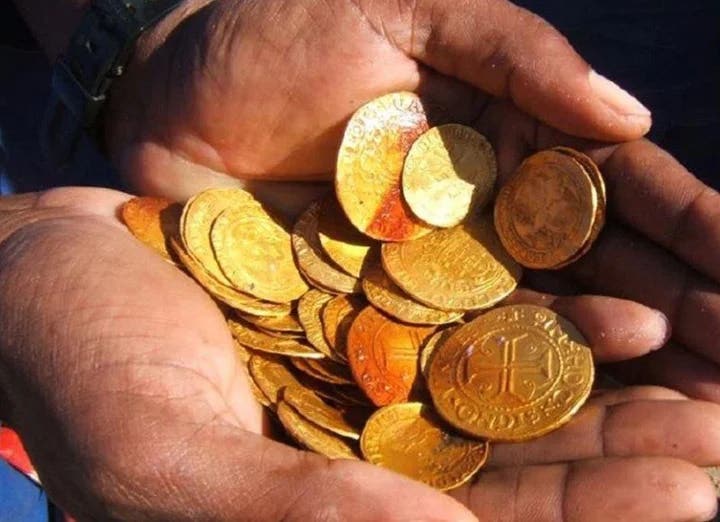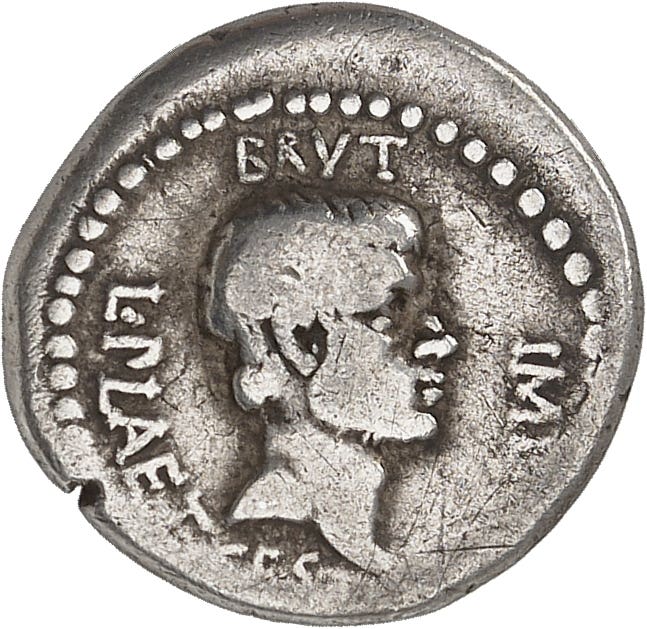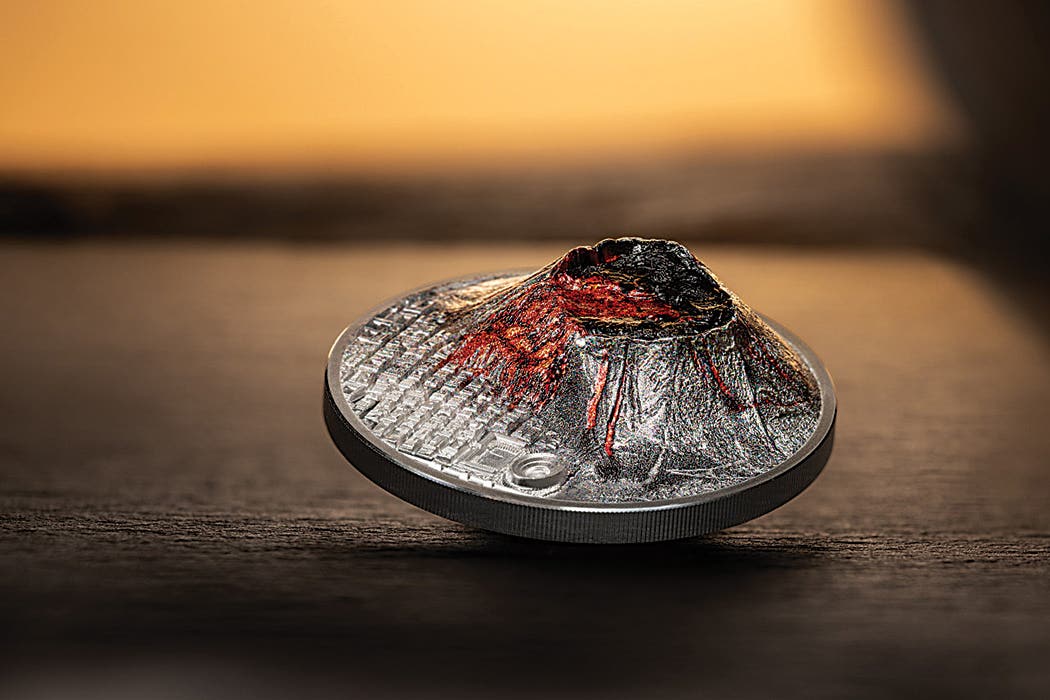Kwangtung Dragon Dollar Realizes $228,000
The world coin girls and boys at Heritage Auctions’ are likely feeling more than a little content with results of their world & ancient coin sale conducted at the Hong…
The world coin girls and boys at Heritage Auctions’ are likely feeling more than a little content with results of their world & ancient coin sale conducted at the Hong Kong International Numismatic Fair on June 27-28.
The 1,264 lots fetched a total of $3,114,685. Importantly four took in excess of $100,000 apiece with a further 52 realizing over $10,000.
As anticipated pre-sale the top lot by some $96,000 was the finest certified mint state 1889 Kwangtung dragon dollar of 7 mace and 3 candareens dated 1889 (KM-Y198; L&M-123, Kann-16). This example is not one of the Kwangtung specimen dollars of the same type and year but one intended for circulation.
The condition of the coin was the cause of some deep and meaningful purple prose from the Heritage cataloger in describing, “the fields, bathed in mint luster and yet keeping the appearance of a coin struck for circulation, appear tinged with every shade of tone: russet argent fields well up to a breathtaking marbling of gold, topaz, and goldfish orange at the characters while capturing glints of emerald green and lilac” … “the reverse reveals a slightly more mottled texture, central gunmetal color brightened to a near salt-gray by mint radiance, while darkened peripheral accents are simultaneously lightened to champagne by cartwheel whirls.” Otherwise the grade was a straightforward MS64+ NGC.
The dollar was among the first milled coinage produced in Imperial China at the Kwangtung Mint. Its output was intended to replace the mish-mash of Spanish and Mexican 8 reales circulating in the country. To this end these dollars had been struck at a slightly higher silver content than the foreign interlopers. Unfortunately Gresham’s Law kicked-in and the new heavier dollars were promptly hoarded or melted-down.
Despite the failure of these dollars to achieve their desired end, their design provided the standard for issues from all Chinese provinces during 1890-1907.
The example on offer from the Henderson Lincoln Collection went to the block with an estimate of $80,000-120,000. It was quickly bid past that higher number to eventually realize $228,000. This price compares well with that of an MS62 example that hammered for $80,000 in a December 2015 Hong Kong Auction.
The ‘Fat Man’, Yuan Shih-kai, took $132,000 with one of his Republic of China silver pattern dollars from Year Three (1914) signed behind the shoulder by Tientsin Mint’s Chief Engraver, Luigi Giorgi (KM-Pn31; L&M-67; Kann-645). This is undoubtedly one of the iconic coins of the Republican silver dollar series - and one of the rarer from the entire Chinese catalog. That on offer came graded MS61 NGC and on a modest $50,000-80,000 estimate had no problems in racing away with $132,000.
This price compares with the $192,000 paid for a specimen example in SP64 PCGS in December 2017 and the $101,575 fetched by a third in SP63 PCGS in December 2016, both at Heritage sales.
Another classical imperial rarity was found in a choice Kuang-hsü gold pattern Kuping tael of 1907 (KM-Pn302; L&M-1024; Kann-154) - an example of the variety in which the delightful reverse dragon is completely surrounded by small clouds. As an exceedingly rare issue its price was undoubtedly helped by its MS61 NGC grade, and like the other high rollers in this sale, it quickly exceeded its $80,000 upper estimate to take $114,000.
The top coins in the sale were not all historic late-imperial, early-republic rarities. A People’s Republic 5 oz gold proof 500 yuan of 1995 showing an ‘Ancient Dragon Boat’ attracted considerable attention (KM-A823; Fr-124; CC-804.) This is one of the most sought-after of modern Chinese issues. Depending on source the mintage is given as 99 or 104. The China Gold catalog for 1995 gives 99. In PR69 Ultra Cameo NGC it sold for $108,000, a little less than an example that went for $120,000 in December last year in the same grade.
Those interested in the state of the current Asian coin market could do worse than peruse full catalog details and prices-realized at www.ha.com.






